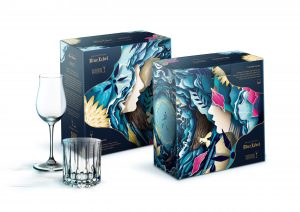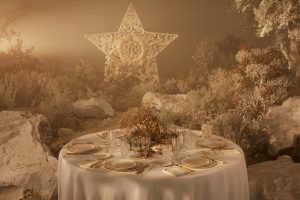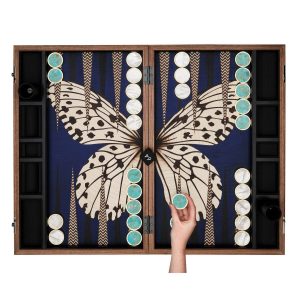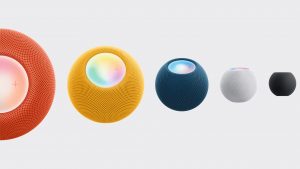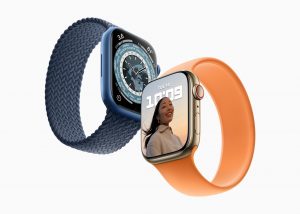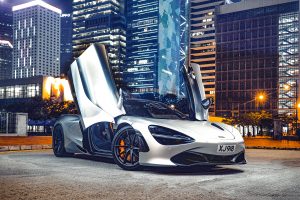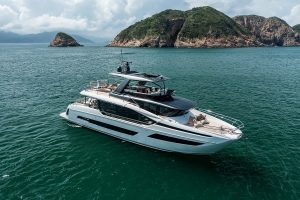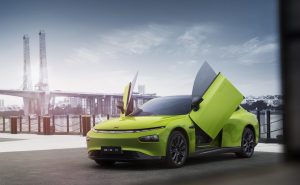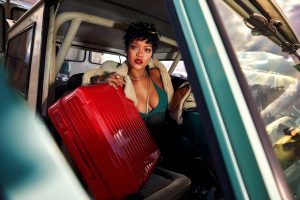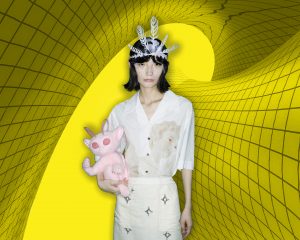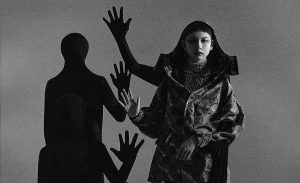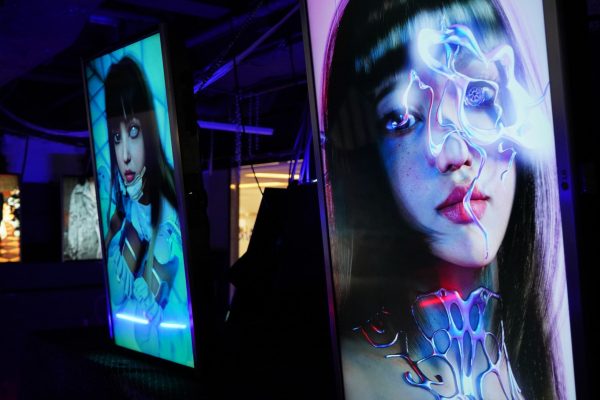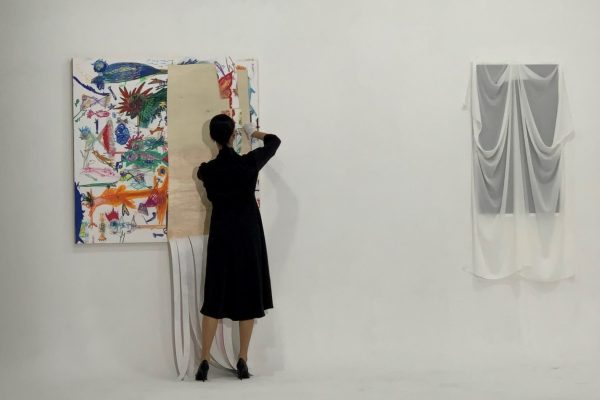When NFT (non-fungible token) rose onto the scene, little did we expect that it would revolutionise the way of buying and selling digital assets. Though exciting this new type of investment, it is still an enigmatic concept for many.
It’s hard enough to get on the property ladder these days, but you might be able to own one as an NFT.
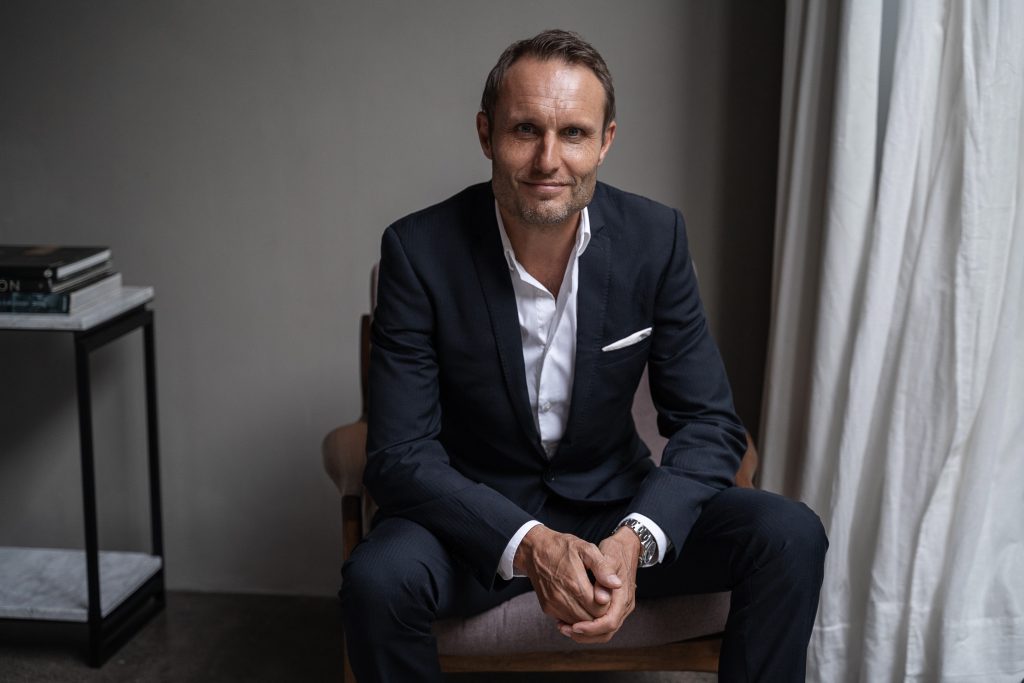
A Bali-based property developer has taken their properties to the next step by immortalising them as NFTs.
OXO Living has turned 24 of the properties in its portfolio into hand-designed and programmatically generated works of art under a project called OXO Artwall.
“As a number of our investors and residents are crypto entrepreneurs, we thought that being the first developer to link our properties to NFTs was a perfect fit for our brand,” said Johannes Weissenbaeck, a property developer who conceived, founded and runs OXO Living.
“The algorithm used to digitally generate each artwork is based on the location, personality, signature, orientation, volume, interior and decor of each property, creating a hierarchy of rarity, complexity, visual significance and value.”
Despite the ubiquitous presence of NFTs, many are still left puzzled.
What are NFTs?
In short, NFTs are digital files that have been transformed into digital assets on a blockchain network, technology that allows for a trail to verify its existence and related transactions. Given that they exist on a traceable ledger, NFTs essentially act as a digital certificate of authenticity for a given asset.
This has opened the doors for artists, celebrities and companies to create libraries of digital assets for a new market of collectors and investors.
“NFTs started getting wider adoption when it enabled artists to benefit from the trading of their commodities by giving them a percentage every time it changed owners,” said Matt M, a Hong Kong-based owner of several NFTs.
Also see: #legendasks: How to Buy NFT on OpenSea, a step-by-step guide
So while a digital asset can be easily copied and its creator retains the copyrights, it is the ownership of the work that gives NFT an edge. To compare it with art collecting, it is similar to owning the original Mona Lisa despite many prints existing.
NFTs use crypto currencies to fund transactions (usually Ethereum). The initial offering for each of OXO Living’s artwork is priced at 1 ETH, which is equivalent to US$3,241 at press time.
Though transactions are paid with crypto, it is important to note that NFTs are not the same as crypto currencies. While a bitcoin is interchangeable in value with another bitcoin, the same cannot be said for NFTs as each asset is unique, or non-fungible.
Versatility in utility
The reason for the non-interchangeability of NFTs is that there is quite a range in what it can represent. It can be digital assets, like music, video, art or even Tweets. Or it can even represent tangible items, say a pair of limited edition sneakers. For Matt, his introduction to NFTs was through a digital trading card game called Gods Unchained where the cards were NFTs.
But as NFTs grow in size and kind, Matt finds the appeal in their utility, which has been a guiding principle for his own purchases. “As the market evolves, NFT projects need to offer utility,” said Matt.
Blockchain technology provider Venly recently launched its MetaRing NFT, which represents a cross-metaverse access pass centered around utility. The digital wearable allows its users to unlock special in-game utilities, and enjoy unique benefits, including access to exclusive lands, events, discounts, and drops.
“MetaRing is one of the few projects on the market that brings all metaverses together, offering ultimate interoperability,” said Stefan Colins, the Metaverse Partnerships Director at Venly.
“By marrying interoperability with diverse layers of utility, we give more value to the NFT owners. We have a team at Venly that will be focused on striking deals with new metaverses and emerging players, meaning that the MetaRing benefits and value will only scale over the years to come.”
Also see: 6 Korean celebrities who have entered the NFT world
Virtual rush
NFT owners like Matt have their utility play out in real world and virtual.
“Some have acted as raffle tickets for me to win an all expenses paid trip to catch an ice hockey game, while others have helped me to be whitelisted for other projects,” he said. Getting whitelisted essentially means that one is guaranteed to ‘mint’ or purchase an NFT before it sells out.
It also has the added benefit of helping one to avoid gas wars, which is when multiple people rush to buy an NFT and try to outbid each other at the same time with a higher gas fee (the platform charge for the blockchain’s computations). The gas fee has gone for thousands with in-demand projects.
Purchasing an NFT requires a crypto wallet, such as Coinbase Wallet and MetaMask. With that in hand, there are plenty of Ethereum platforms to trade in NFTs, with OpenSea being the most common and others like SuperRare, Rarible and Nifty Gateway also being popular. Market places that use Solana are Solanart and Magic Eden. Much like other eCommerce platforms, fixed priced assets and auctions can be found on them.
But purchasing some isn’t always straightforward.
Matt uses Twitter to keep track of interesting NFT projects and typically joins the relevant Discord channels, where he interacts with the community and sometimes completes challenges in order to be whitelisted for certain NFTs. Despite his enthusiasm for NFTs, he points out another key difference between NFTs and crypto is their liquidity.
“It’s easy to cash out crypto currencies but NFTs are not as easy to liquidate if there isn’t demand for it,” said Matt. For that reason, he still exercises a cautious acquisition strategy.
“Do your due diligence and only invest in what you can afford.”
Also see: Cover story: Allan Banford, on conquering the crypto world

